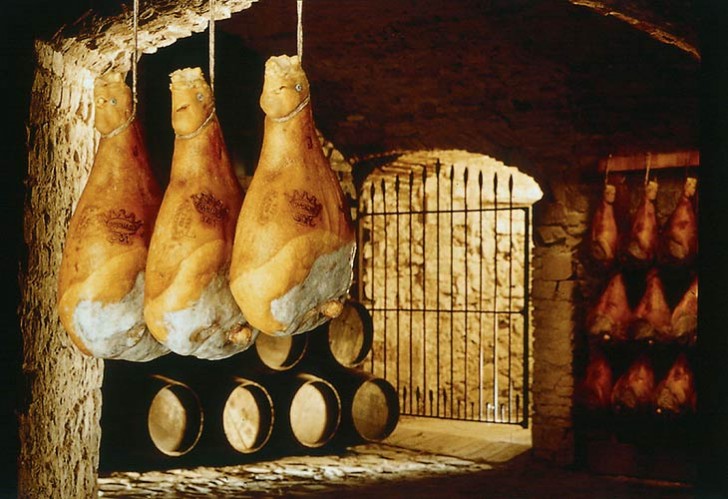When it comes to the agri-food sector, Italy tops international rankings for its sheer number of high-quality food products and for foodstuffs registered as PDOs (Products of Designated Origin). However, Italy is outperformed by global competitors in terms of export volumes, revenues and profit margins.
During the past six years, the estimated 60,000 food companies that operate in Italy have adopted a range of different strategies to manage their products’ value chain in order to improve the process that brings products from producers to consumers. Nevertheless the agri-food sector lacked a cohesive strategy in terms of innovation, exports, better organizational structures and producer-consumer connections. It also lacked a system of roundtable discussions to find common policy goals at the national level.
This is what emerges in a study by the University of Padua.
In 2012, exports of Italian food and beverage companies were at 23% of total sales, compared with 36.4% in Spain, 32.4% in France and 32.1% in Germany.
The study suggests that size matters, because larger companies perform better than smaller ones. However, companies struggle to translate revenue growth into greater profitability.
The report highlighted a series of recommendations that can help companies stay afloat in the agribusiness market. “Domestic demand for food products has fallen by 14.2% between 2005 and 2013. Companies that managed to stay afloat despite this contraction are the ones that have invested in research and development, in human capital, in customer service and especially those that pursued structured internationalization strategies. Data shows that foreign markets currently offer great opportunities for Italian companies,” says Antonio Parbonetti, Professor of Economics and Management at the University of Padua.
Up until ten years ago most online searches on “made in Italy” luxury items would be about fashion or leather goods. Today, the most searched words for “made in Italy” products are wine and gourmet food. Italian food exports registered an annual growth of 3.45% in 2014 and of 8% in 2013, mainly thanks to the “luxury” food segment. But exports are at 23% of total sales – still too low compared with the global average. The “made in Italy” food industry has reported a turnover of €133 billion in 2013, representing 2.3% growth on 2012 levels.
However, food business reported, on average, €1.9 million in revenues, against €50 million in the USA, €13.4 million in the UK and €3.4 million in Spain. Data suggest that Italian companies are undersized. “But that is not the only problem. It is really hard to find Italian organizations operating in large-scale retail trade and, therefore, Italian products are not promoted as much as they could. Italian companies should implement diversified internationalization strategies to achieve a premium position in the market as well as reaching new luxury frontiers. And they should pursue innovation.” Bauli, an Italian confectionery company specialized in holiday cakes, followed this approach by taking on Bistefani, a confectionery company specialized in breakfast biscuits. This way, Bauli was able to expand its market share beyond its established Christmas niche.
Ferrari, a sparkling wine maker, has taken a similar approach by expanding the product range of its Lunelli brand. Lunelli products now include the Trento spumante, grappas (a liquor made from grape) and Bisol prosecco.
The Principe-King San Daniele group, specialized in ham products, has also expanded its product range. The newly added products allowed the company to become one of the top players in the German market.

